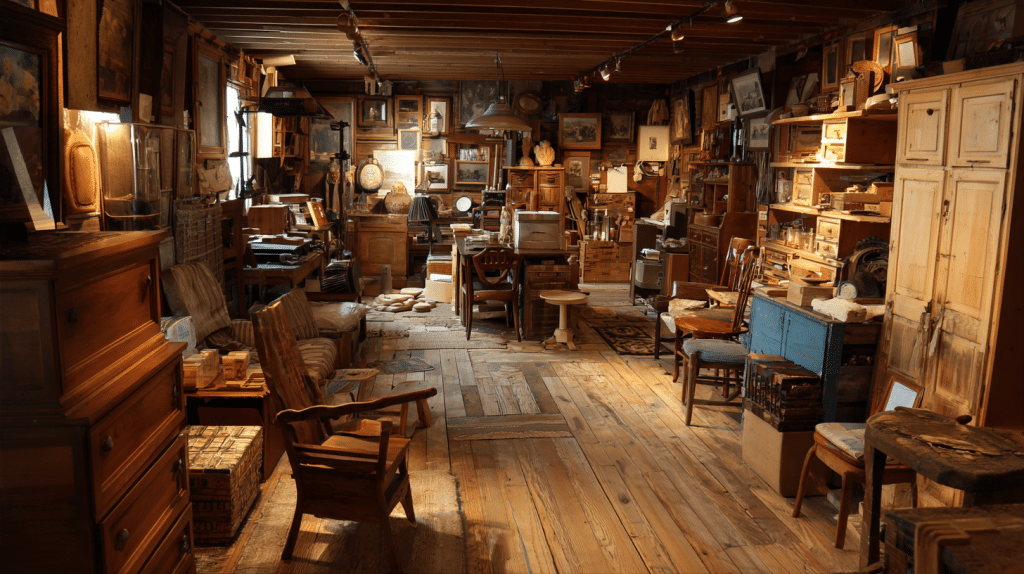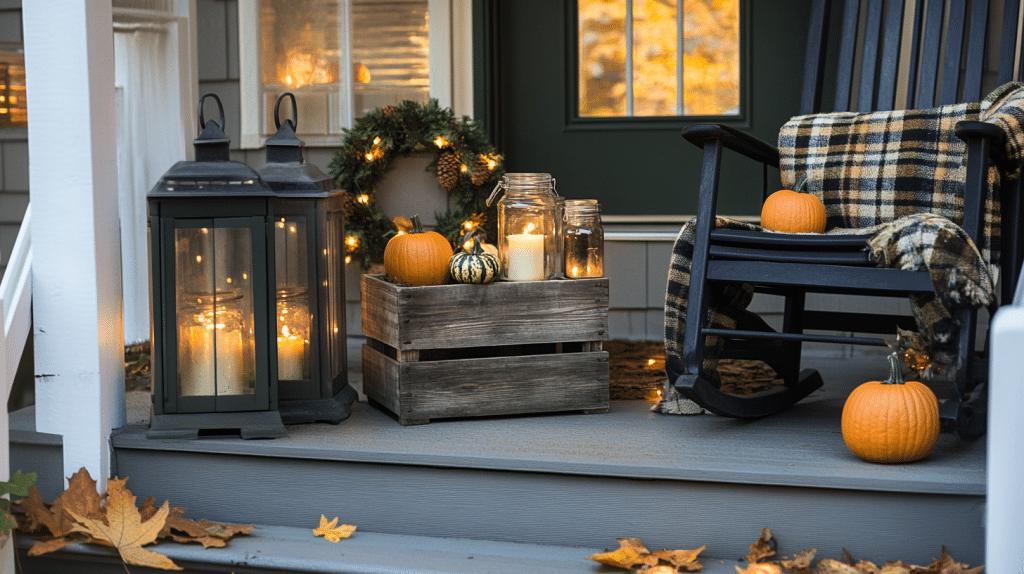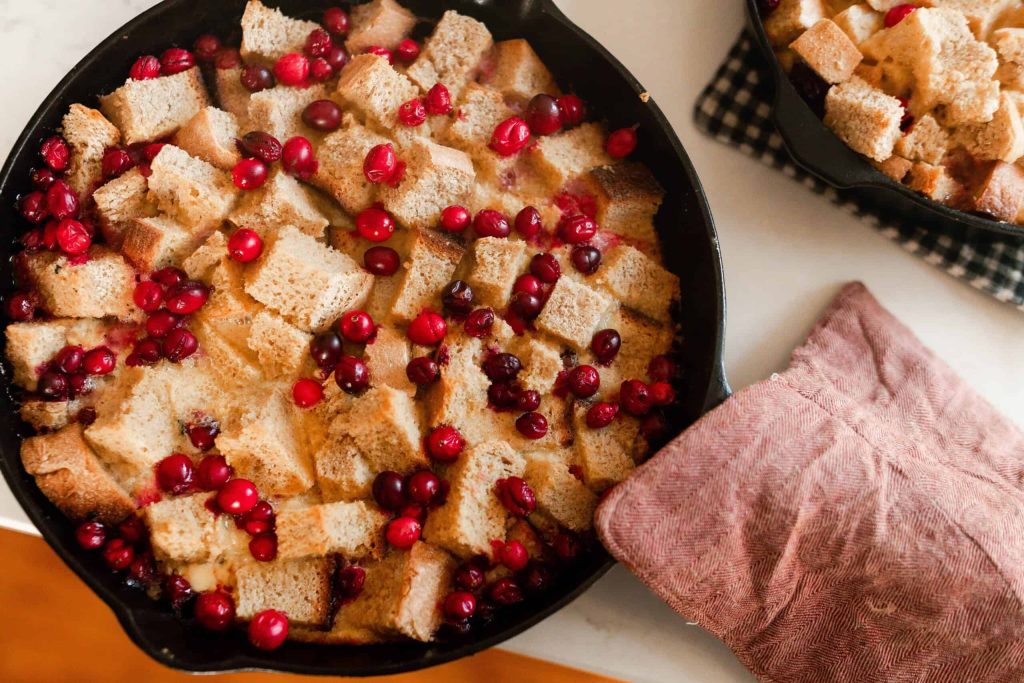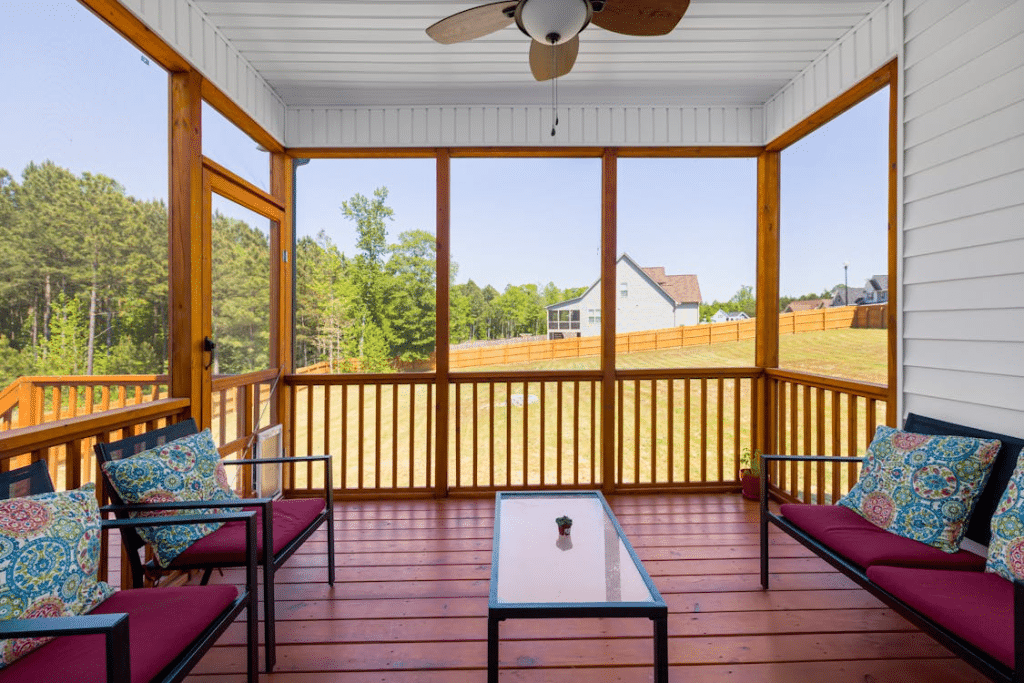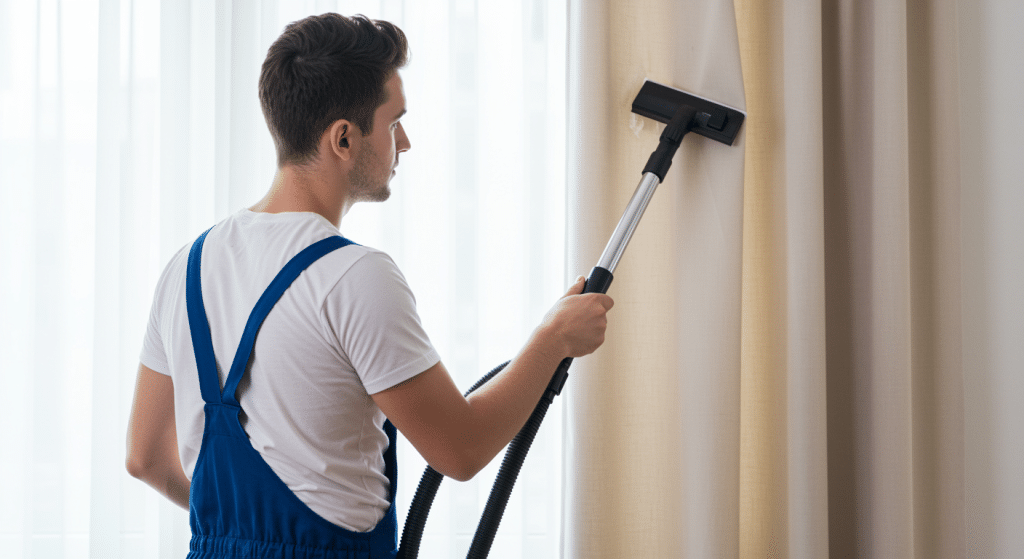Ever got curious about why some wooden furniture looks brand new after years, while others turn into scratched, stained messes?
You’ve probably seen beautiful wooden pieces that look terrible after just a few months of family life. Coffee rings, sticky spots, and that dull, lifeless appearance that makes you want to throw a tablecloth over everything.
I’ll show you exactly how to choose the best wood sealer for indoor furniture and how to use it to keep your indoor furniture looking magazine-perfect for years.
Why Should You Use Wood Seal on Your Indoor Furniture?
Let me tell you about what happens to unsealed wood in your home and why you need the best wood sealer for indoor furniture. Even though it’s indoors, your furniture faces daily attacks you probably never think about.
Sealing your furniture does more than protect; it makes it better. The right sealer brings out the wood’s natural color and grain, giving it that magazine-worthy finish. It also makes cleaning a breeze; sealed surfaces repel dust and spills, so a quick wipe is all you need.
But perhaps most importantly, a good sealer extends the life of your furniture. Instead of replacing worn-out pieces every few years, you’ll enjoy them for decades.
Recommending the Best Wood Sealer for Indoor Furniture
I spent hours researching wood sealers for my dining table project. Choosing the right one makes all the difference in protecting your furniture.
Let me share what I learned about the top options for indoor use.
1. Water-Based Polyurethane (Varathane)
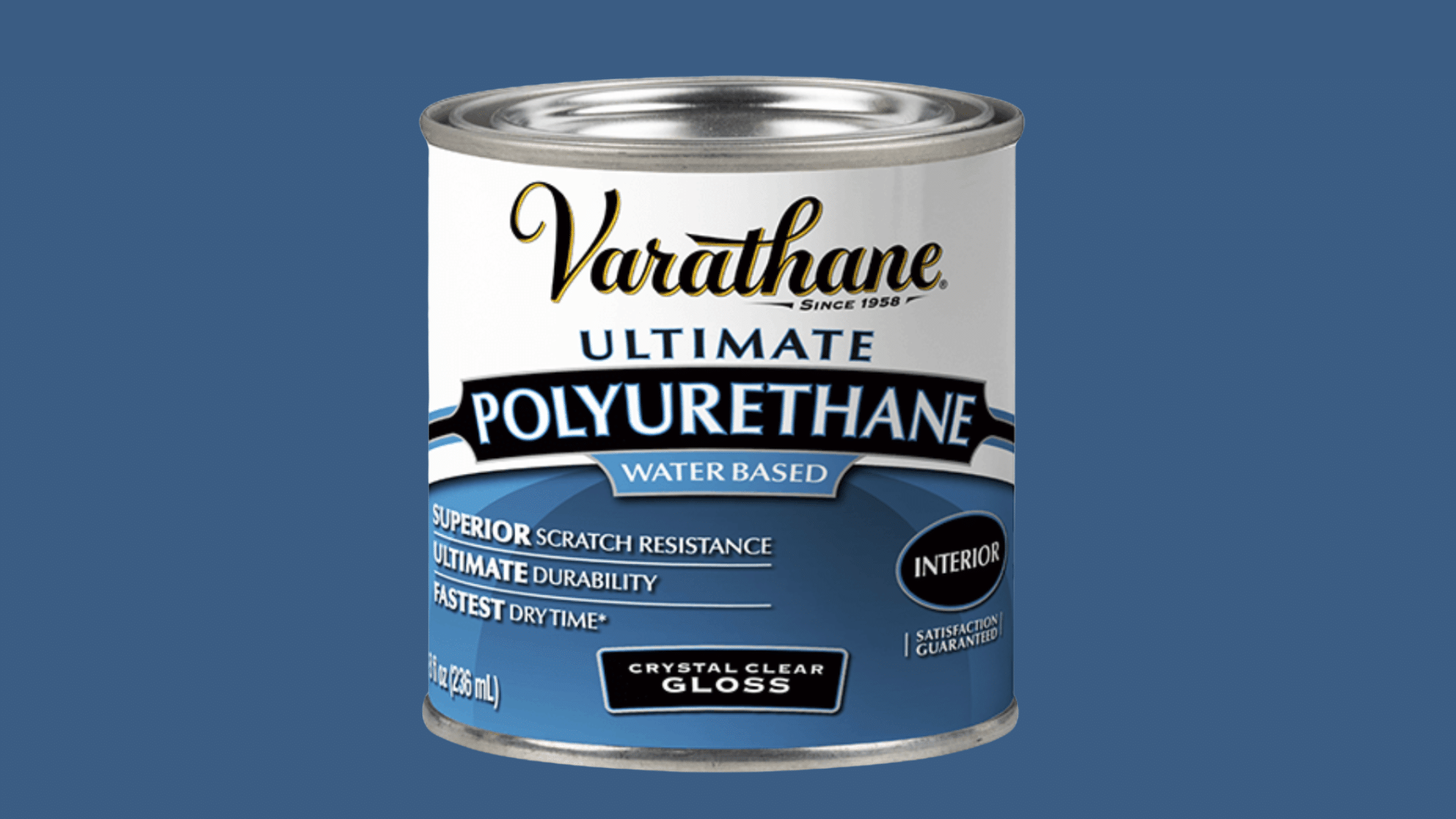
This option protects your wood without changing its natural color. It dries quickly, has minimal odor, and won’t yellow over time. Perfect for light woods where you want to maintain that clean, fresh appearance.
This sealer is a top choice for protecting indoor wood surfaces. It goes on clear, dries quickly, and leaves a glossy finish that really makes wood shine. This formula is known for its superior scratch resistance and long-lasting durability.
- Best for: Kitchen tables, kids’ furniture, bookshelves
- Specifications: Clear finish, fast-drying, available in multiple sheens, superior scratch resistance
- Buying options: Varathane ultimate polyurethane (water based) is available at home improvement stores
2. Oil-Based Polyurethane (Old Masters)
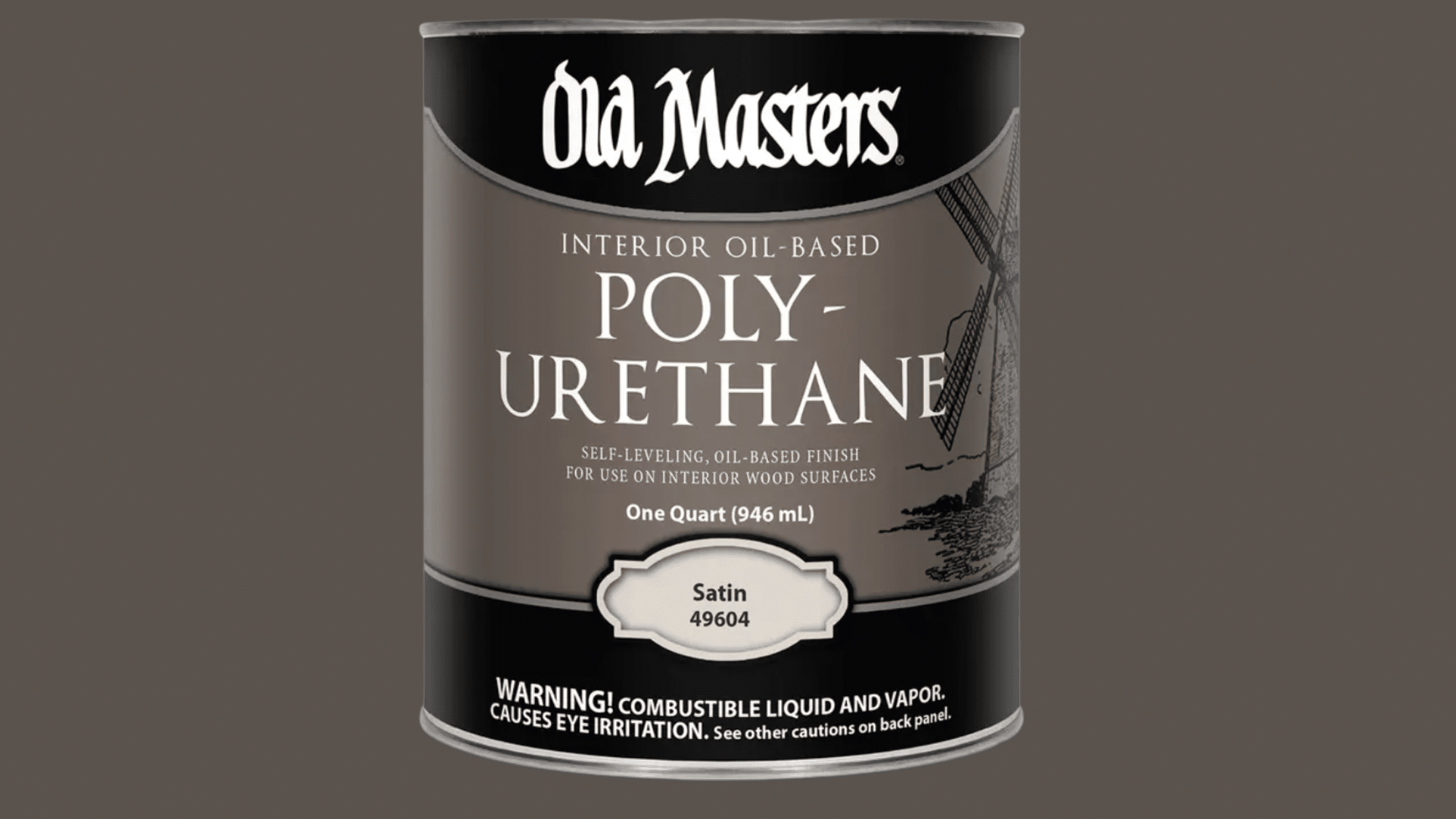
This heavy-duty option takes longer to dry and has a stronger smell, but creates an incredibly tough finish. It gives wood a warm, amber glow that makes the grain really stand out beautifully.
This sealer is a self-leveling, clear finish ideal for protecting interior wood, primed metal, or fiberglass. Available in satin, it’s easy to apply and quick-drying (touch-dry in 3 hours).
- Best for: Dining tables, desks, coffee tables with heavy use
- Specifications: Self-leveling, clear finish, touch-dry in 3 hours, available in satin
- Buying options:Old Masters Interior Oil-Based Polyurethane at specialty wood finishing stores
3. Natural Oils (Watco)
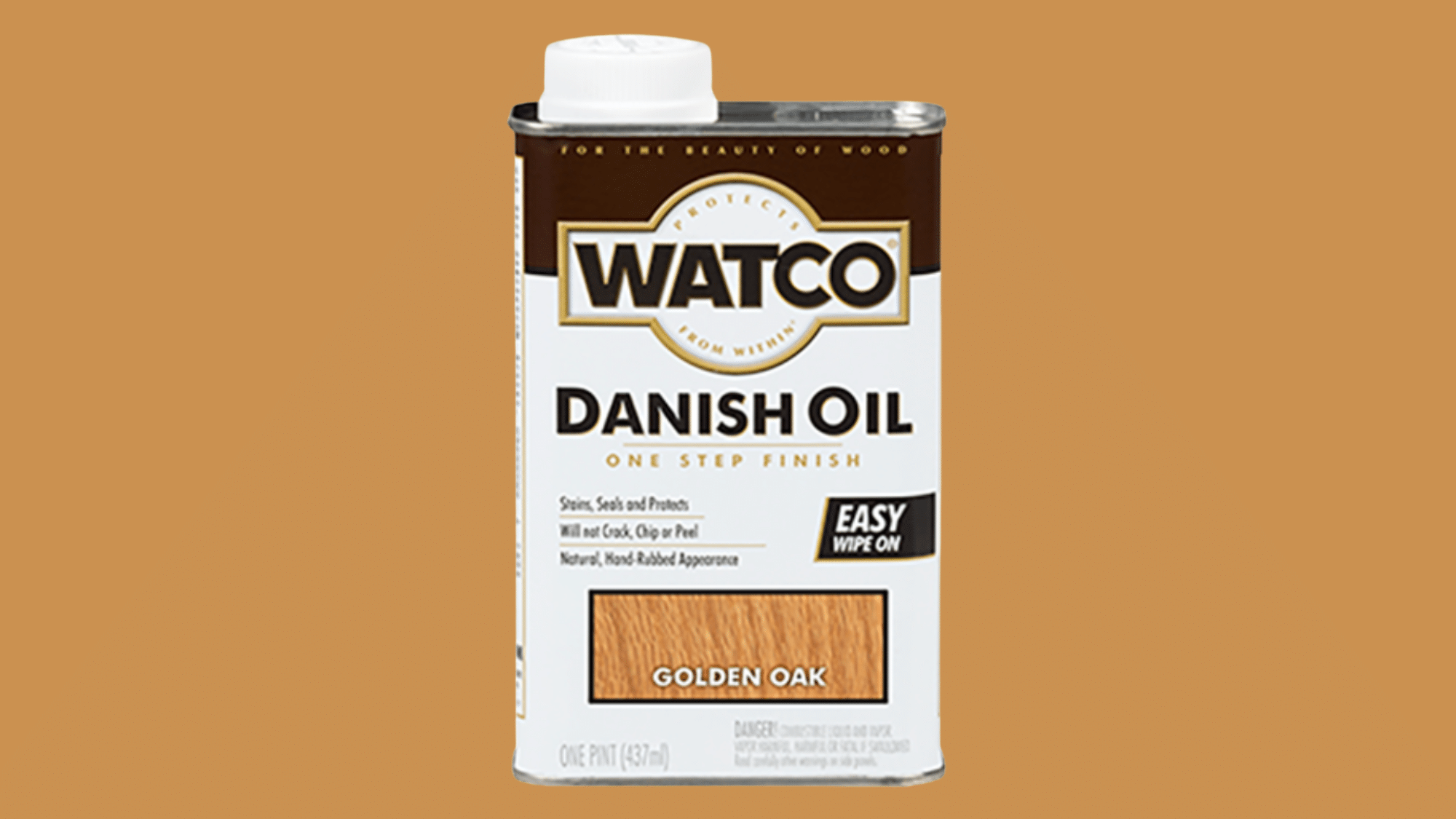
These oils soak deep into wood instead of sitting on the surface. They create that hand-rubbed, antique look that feels wonderful to touch, though they offer less protection than polyurethanes.
This wood sealer offers an All-In-One Wood Finishing Solution that Stains, Seals, and protects with just a Single Wipe-On Coat.
This easy-application oil penetrates deep into the wood for long-lasting durability without cracking, chipping, or peeling. It’s a trusted favorite for achieving a rich, golden hue that protects from within.
- Best for: Bedroom furniture, antique pieces, decorative items
- Specifications: All-in-one solution, stains and seals in one coat, penetrates deep, won’t crack or peel
- Buying options:Watco Danish Oil in Golden Oak at woodworking supply stores
4. Shellac
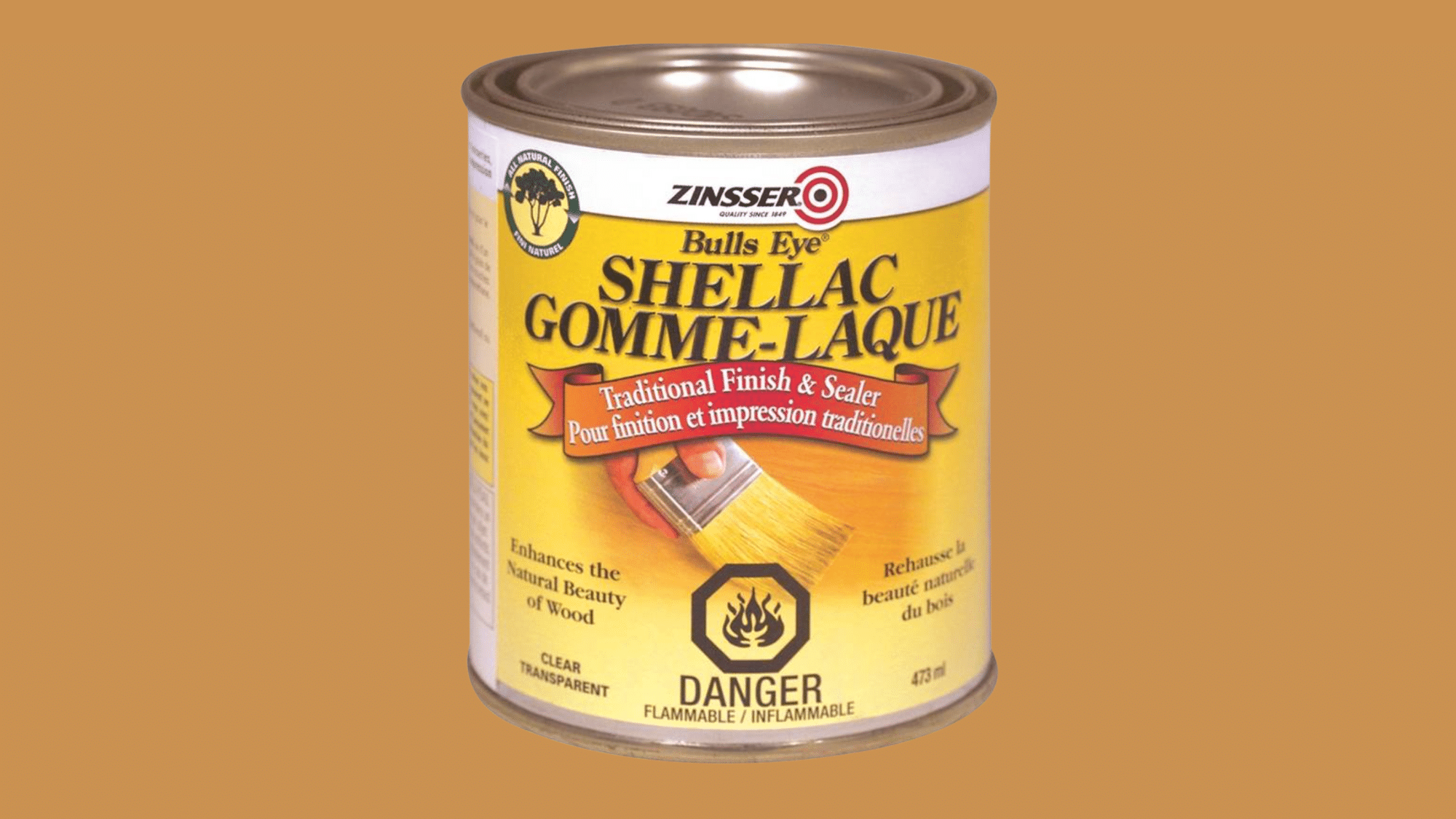
Shellac gives wood that rich, warm tone you see on vintage furniture. It dries very fast and is easy to touch up when needed, though it’s not as durable as modern finishes.
It is a clear, fast-drying finish and sealer that brings out the natural warmth of wood with a traditional, high-gloss look. Made from all-natural ingredients, it enhances wood grain while offering excellent protection.
- Best for: Picture frames, display cabinets, restored antiques
- Specifications: All-natural ingredients, fast-drying, high-gloss finish, enhances wood grain
- Buying options:Zinsser Bulls Eye Shellac has been available since 1849 at paint stores
How to Choose the Right Wood Sealer?
If you’re choosing the best wood sealer for indoor furniture, here are some factors to consider:
- For busy furniture made from lightweight woods, opt for a water-based polyurethane for a clear, durable finish.
- For high-use, dark wood pieces, oil-based polyurethane provides rich color and durable protection.
- If you want a natural look for low-use items, opt for penetrating oils like tung or Danish oil.
- Antique or decorative pieces benefit from shellac, which enhances character and is easy to repair.
- Need a fast project? Water-based sealers dry quickly, while oil-based options need more time.
- Prefer low odor? Water-based formulas are best for sensitive noses.
- Want to deepen wood color? Oils and oil-based polys add warmth and richness.
Apply Wood Sealer Like You Know What You’re Doing
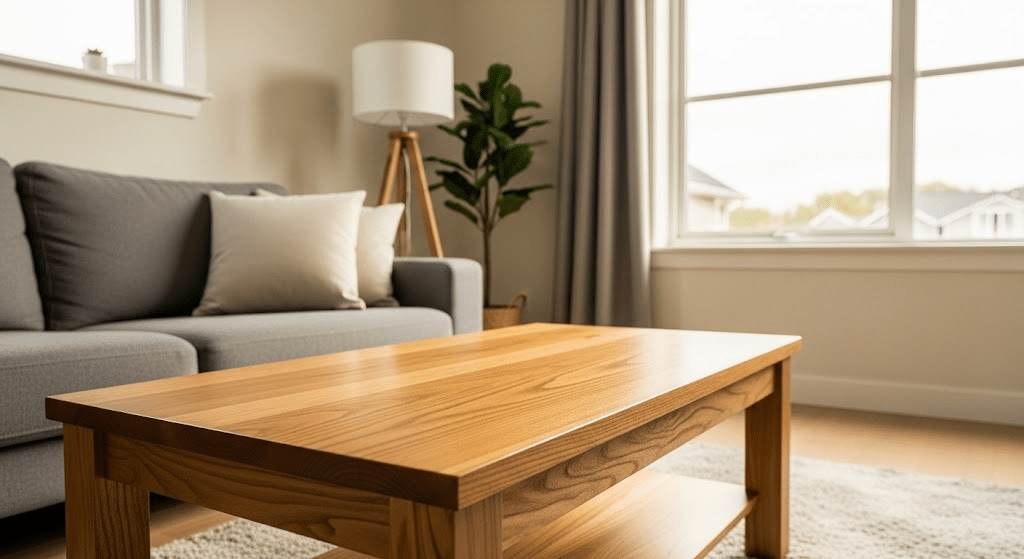
Don’t overthink this – sealing and finding the best wood sealer for indoor furniture is straightforward if you follow these steps:
Step 1: Prep the Surface Properly
Sand the furniture with medium-grit sandpaper (120-150 grit) to remove old finishes or imperfections, working along the grain of the wood. Switch to fine-grit sandpaper (220 grit) for a smooth surface.
Wipe down with a tack cloth or a damp, lint-free cloth to remove all dust. If grease or oil is present, clean with diluted trisodium phosphate (TSP) and let it dry completely.
Step 2: Apply Thin, Even Coats
Select a wood sealer (polyurethane, polycrylic, or shellac) suited for indoor furniture. Use a natural-bristle brush for oil-based sealers or a synthetic-bristle brush for water-based ones. Stir the sealer gently, avoiding bubbles.
Apply in thin, even coats along the wood grain with long strokes. Smooth out drips immediately and avoid over-brushing to prevent streaks.
Step 3: Wait for the Coat to Dry
Check the sealer’s label for drying times (typically 2-4 hours) and add an extra hour to ensure it’s dry. Place the furniture in a dust-free, stable environment. Test dryness by touching an inconspicuous area; it should feel dry, not sticky.
Use a fan for air circulation if needed, but don’t point it directly at the furniture.
Step 4: Sand Between Coats
Once the first coat is dry, lightly sand with 220-grit or finer sandpaper (320-grit for smoother results) to remove bubbles or brush marks. Sand by hand, focusing on imperfections, and avoid oversanding.
Wipe the surface with a tack cloth to remove all sanding dust before applying the next coat.
Step 5: Apply Additional Coats
Apply 2-3 coats total for most furniture. The first coat penetrates, the second builds protection, and the third adds durability if needed. Apply each coat thinly and evenly along the grain, sanding lightly between coats and cleaning off dust.
Check the finish after each coat; stop if it looks even and feels smooth.
Step 6: Let It Cure
Allow 5-7 days for the sealer to fully harden. Keep the furniture in a clean, dry area and avoid heavy use. Handle gently when moving, and avoid placing objects on it to prevent imprints or scratches during the curing process.
Final Thoughts
Choosing the best wood sealer for indoor furniture isn’t complicated once you know what you’re looking for. The most important thing is matching your sealer to how you use your furniture.
Once you seal your furniture properly, you can enjoy it instead of constantly worrying about damage. No more coasters everywhere, no more panic when someone spills something. Your wooden furniture is an investment in your home’s beauty and comfort.
A little time spent choosing and applying the right wood sealer means years of gorgeous, worry-free use.


